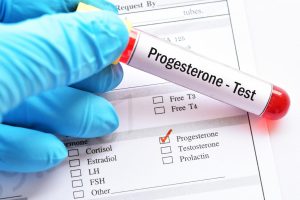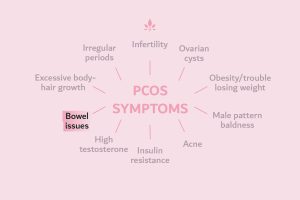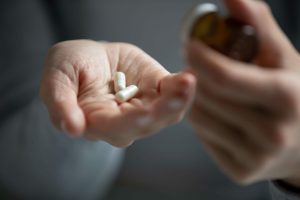Is Hyperandrogenism a Symptom of PCOS?

- Polycystic ovary syndrome, or PCOS, is a condition that is associated with varying symptoms including irregular periods, polycystic ovaries and increased levels of male hormones (hyperandrogenism).
- Not every woman with PCOS will experience hyperandrogenism.
- Raised levels of male hormones can result in increased hairiness (hirsutism) or hair loss (alopecia)
What are the symptoms associated with hyperandrogenism?
The main manifestations of clinical hyperandrogenism are hirsutism, acne, and alopecia. Hirsutism is thought to affect between 65 and 75% of patients with PCOS; acne affects 12-14% and alopecia affects about 10%.
However, the prevalence of each of these can vary with ethnicity; and acne, in particular, is fairly common in the general population, especially around puberty due to hormonal fluctuations.
A woman with biochemical hyperandrogenism has elevated levels of the male sex hormones. Testosterone, androstenedione, and dehydroepiandrosterone (DHEA) / dehydroepiandrosterone sulfate (DHEAS) are the different hormones that might be checked using blood tests.
However, some of the assays are limited by poor accuracy and sensitivity, particularly if designed to normally measure higher male levels.
How prevalent is hyperandrogenism for women with PCOS?
Approximately 70% of women with PCOS have elevated levels of free testosterone. This is the fraction of the hormone that exerts an effect on the target tissue.
Total testosterone includes the fraction of the hormone which is bound to sex hormone-binding globulin (SHBG) in the serum.
The problem with measuring serum levels of bound testosterone is that this does not necessarily correlate with the hormone’s biological activity and, thus, free testosterone is considered to be the more sensitive measure.
DHEAS was traditionally used as the clinical marker of androgen excess. It is abundant, stable, and easy to measure. 25-35% of women with PCOS will have elevated DHEAS.
Whether there is added benefit in measuring DHEAS and free testosterone together remains to be addressed, but there is some clinical evidence that women who have hyperandrogenism because of high DHEAS have more favorable metabolic outcomes than women with high testosterone.
If you are concerned you have high testostrone levels, you can easily test your testosterone levels with Nabta Health by booking an at-home blood test.










